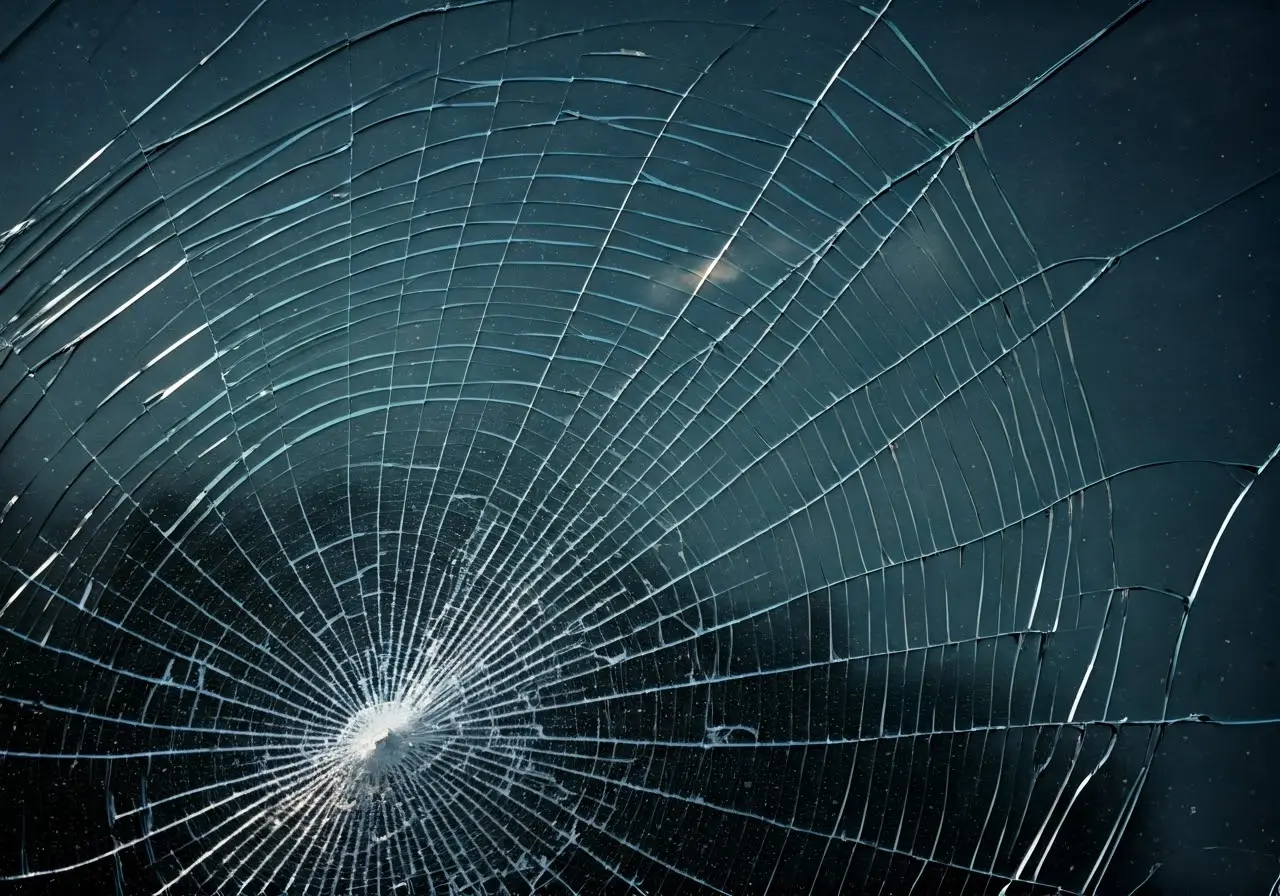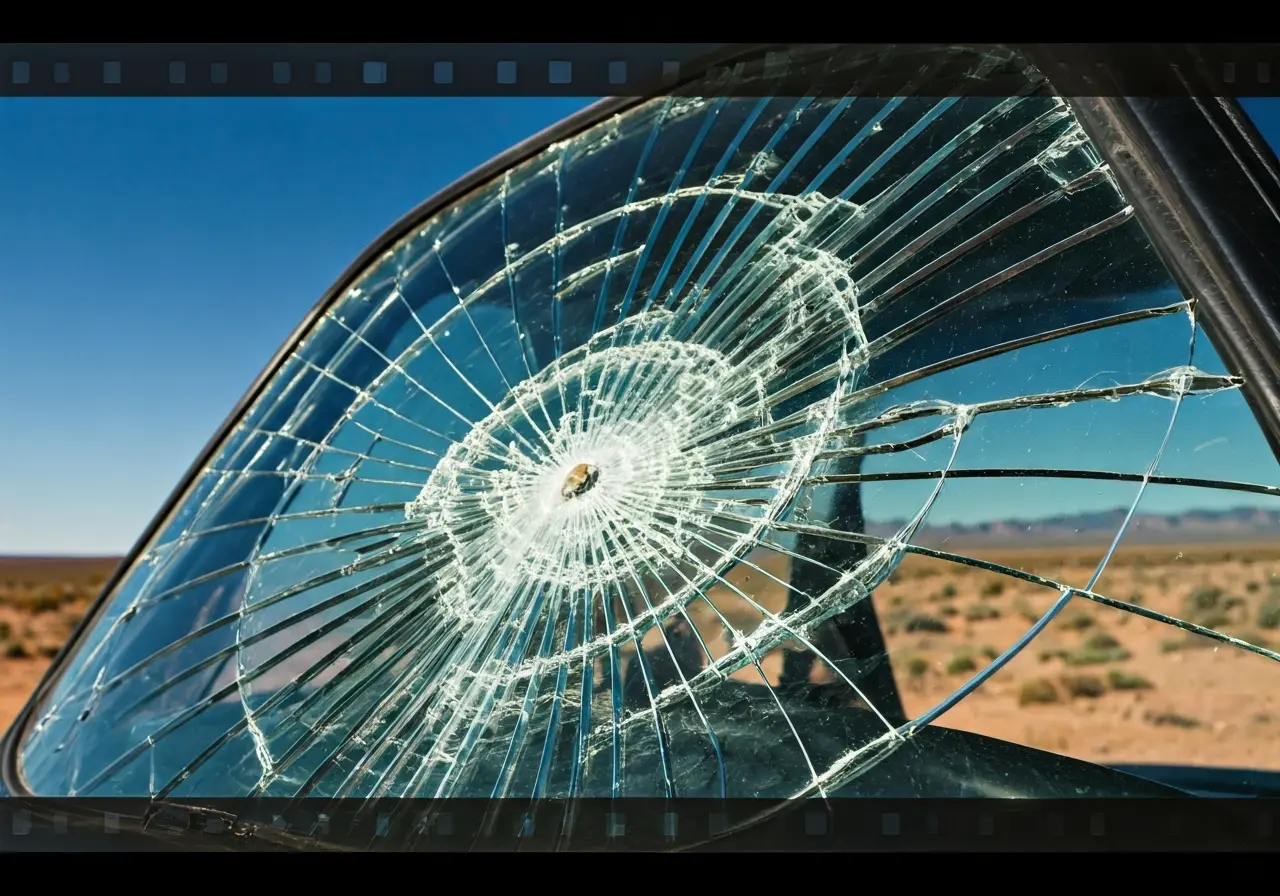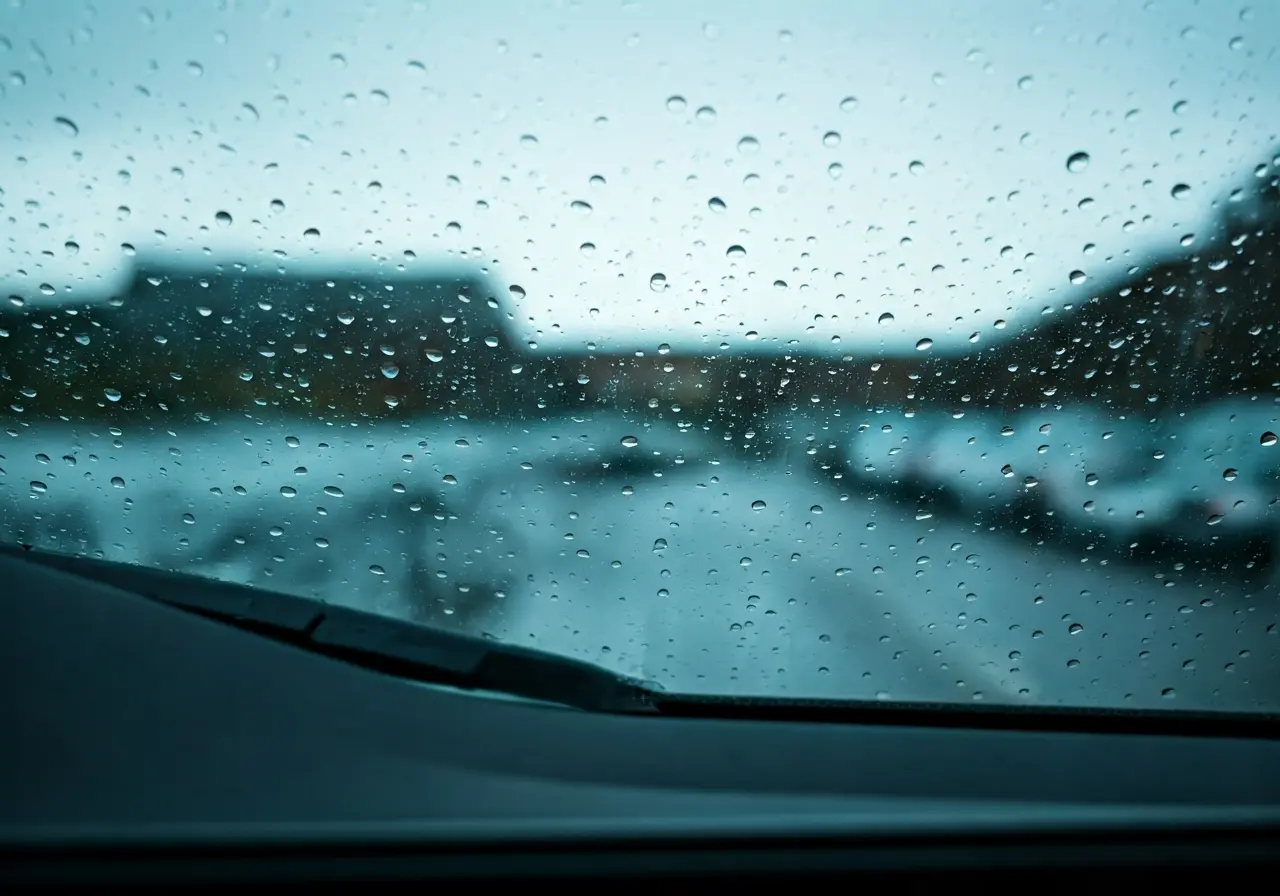Your car’s windshield is more than just a piece of glass; it’s a vital part of your vehicle’s safety and structural integrity. Ignoring signs that it might need replacement could lead to bigger issues down the road. Here’s how to identify when it’s time to replace your windshield without a doubt.
1. Visible Cracks or Chips
Even minor chips or cracks, especially ones that are spreading, can compromise the windshield’s integrity. It’s crucial to address these blemishes early to prevent them from expanding into larger problems. The first sign of damage might seem insignificant, but let’s consider how stresses from daily driving can exacerbate these weaknesses. Edge cracks account for a high percentage of windshield replacement claims due to residual stresses during manufacturing. Therefore, a small crack can quickly become a major safety issue if not tended to promptly.
Moreover, chips and cracks can compromise not only the aesthetics but also the functionality of your windshield. The integrity of your vehicle can diminish if a chip expands into a profound crack. According to windshield technology advancements, even small impacts on modern windshields can obstruct sensor functions if not addressed. Checking for visible signs of damage periodically and opting for repairs or replacements when necessary ensures that your view and your safety remain unobstructed.
2. Obstructed Vision
If your windshield has regions that impair your visibility, whether due to damage or persistent dirt that won’t clean off, it might be time for a replacement. Clear vision is essential for safe driving. Damage that appears small on a sunny day might become a major hazard during nighttime or adverse weather conditions. It’s crucial to understand how these distortions increase the risk of misjudgment and delay reaction times. In fact, obstructions in the driver’s line of sight are among the leading causes of accidents, emphasizing the need for a clear and intact windshield.
3. Pitting from Debris
Over time, small pits can form from debris, especially if you often drive on gravel roads or highways. These pits can scatter light, making it difficult to see, particularly when driving into the sun. Such pitting not only poses a visual disturbance but can also turn into micro-cracks that weaken the windshield’s structural integrity. The sensitivity of windshields to abrasive environments further exacerbates these issues. According to the importance of structural integrity in collisions, a pitted or weakened windshield can be detrimental to your vehicle’s crash performance.
4. Compromised Glass Bonds
Your windshield is bonded to the car to provide structural support. If you notice any separation or discoloration along the edges, it could indicate a weakening bond that needs addressing. This subtle issue may not be apparent at first glance but can significantly impact the roof’s integrity in the event of a rollover. It’s a critical aspect often overlooked by drivers until a small issue becomes apparent. Recognizing and understanding these signs early ensures that your windshield maintains optimal adhesion to the vehicle body, directly impacting your overall safety.
5. Moisture Inside the Car
If you find your car’s interior is getting unexpectedly damp, and it’s not due to the weather stripping or sunroof, the windshield seal might be compromised, necessitating a replacement. A properly sealed windshield prevents water and air from entering the cabin. Moisture not only damages the car’s interior but can also signal a compromised defense against outside elements. This can escalate over time, affecting electronic components and potentially leading to mold growth if left unchecked. Addressing this moisture problem early by inspecting the windshield seal can prevent further water damage and ensure the longevity of your vehicle’s interior.
6. Failed Inspection
If your vehicle fails a safety inspection due to windshield issues, it’s a clear sign that a replacement is needed to meet safety standards and keep you legal on the road. Inspections are designed to assess the critical components of your vehicle’s safety features. Windshields are vital for protecting passengers and maintaining visibility during driving. A failed inspection should prompt immediate action, focusing on rectifying issues that could jeopardize your safety. Timely replacement can bypass the inconvenience of re-inspections and restore your car’s compliance with road safety regulations.
7. Increased Shattering Risk
When a windshield is weakened by damage, it’s more prone to shattering upon impact. A compromised windshield might not properly protect you in an accident, emphasizing the need for replacement. The robustness of modern windshields is engineered to absorb impact forces while maintaining structural cohesion. However, cracks and chips can reduce this capability, turning routine collisions into more serious incidents. It’s not merely about visibility — it’s about the windshield’s role as a safety barrier during accidents. Regular checks and timely replacements help mitigate risks, ensuring that the windshield retains its protective functions for both passengers and the vehicle structure.



